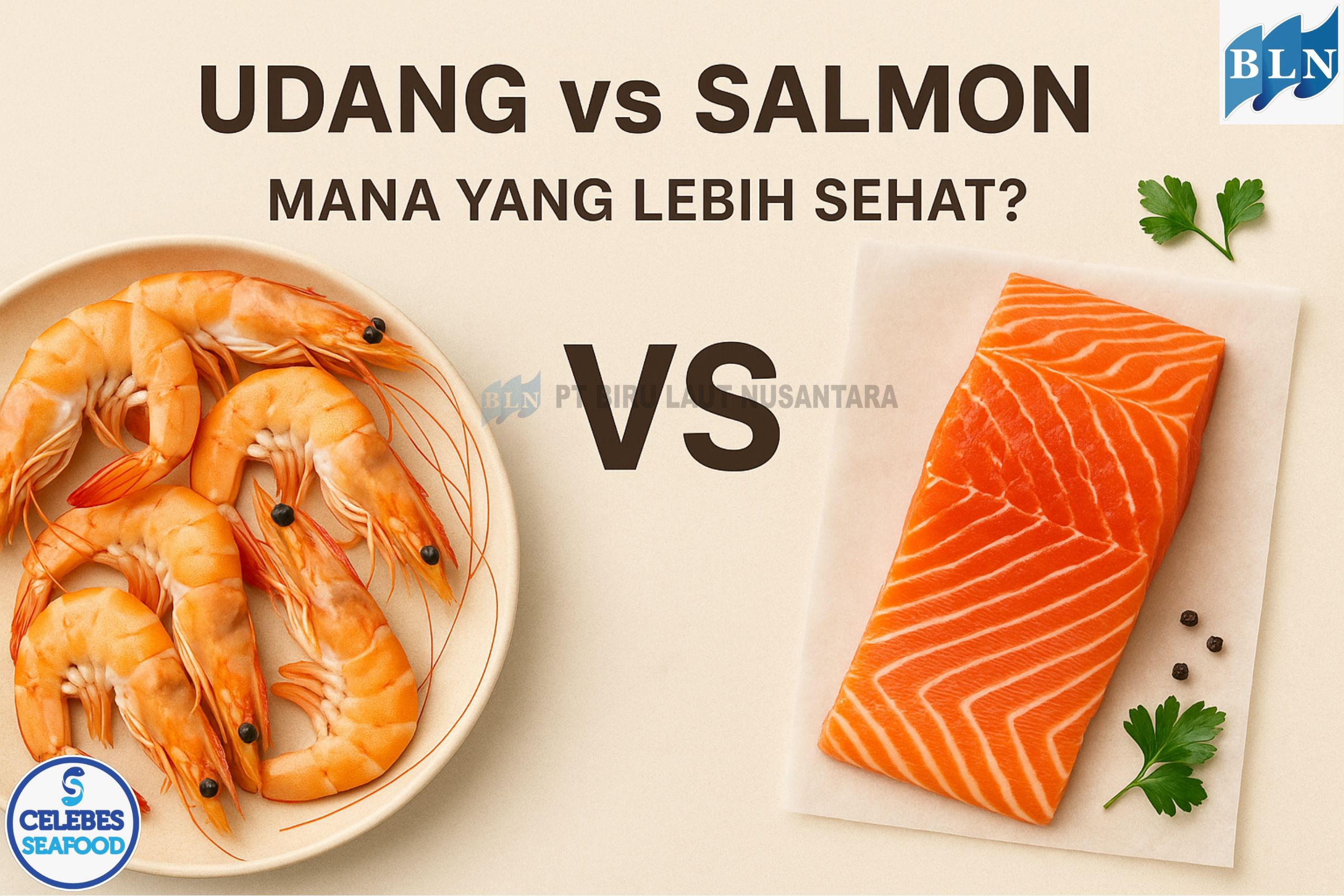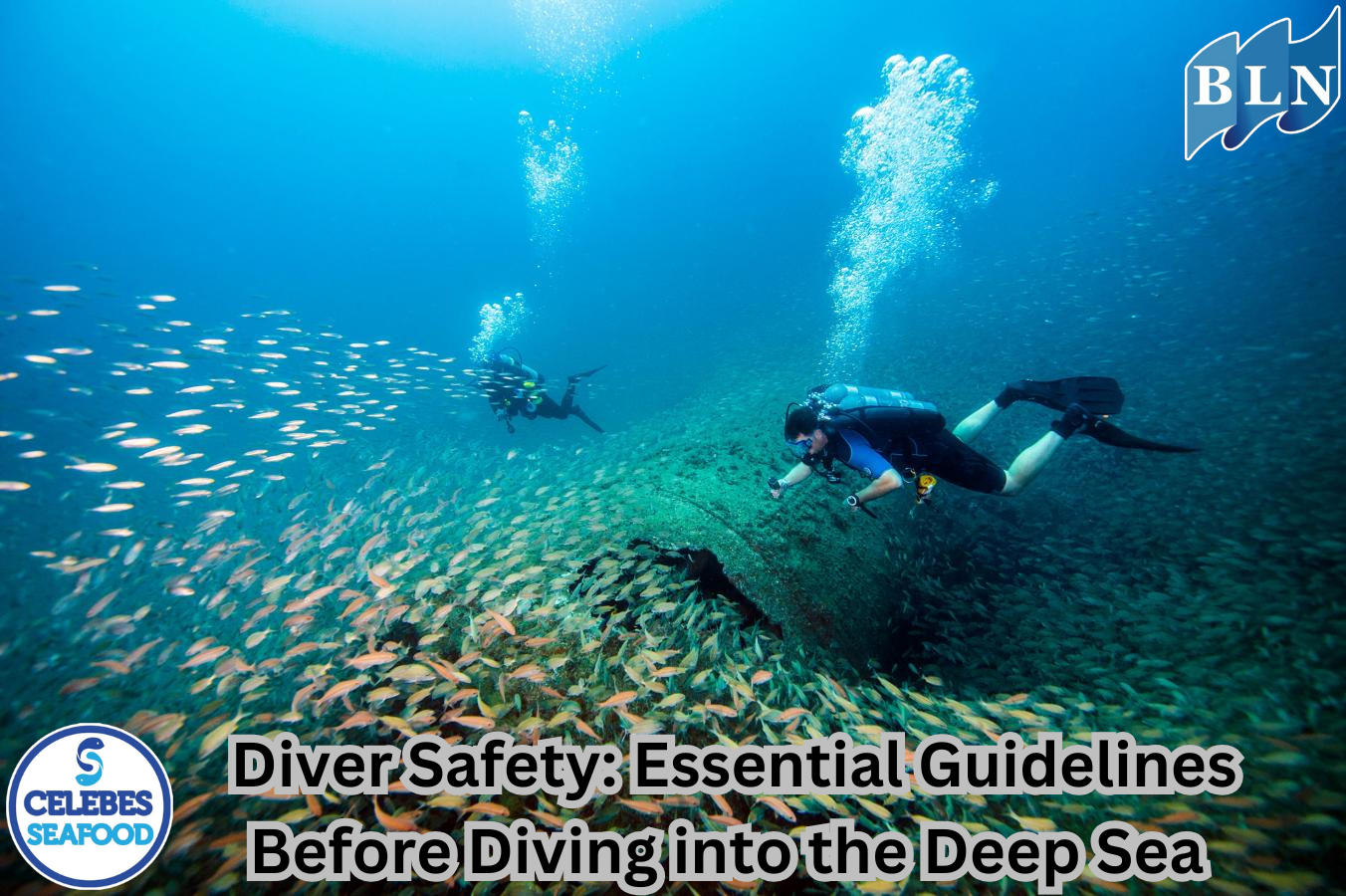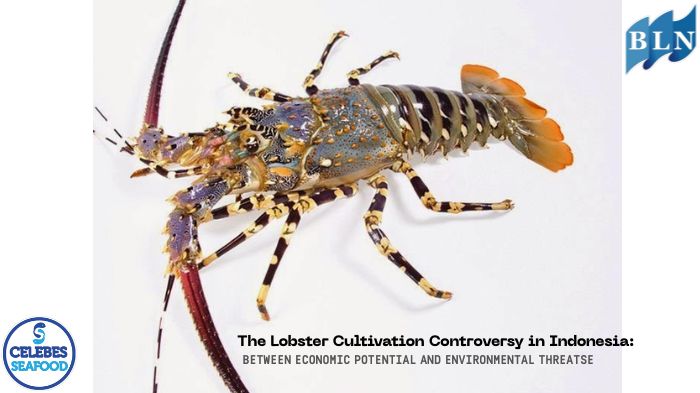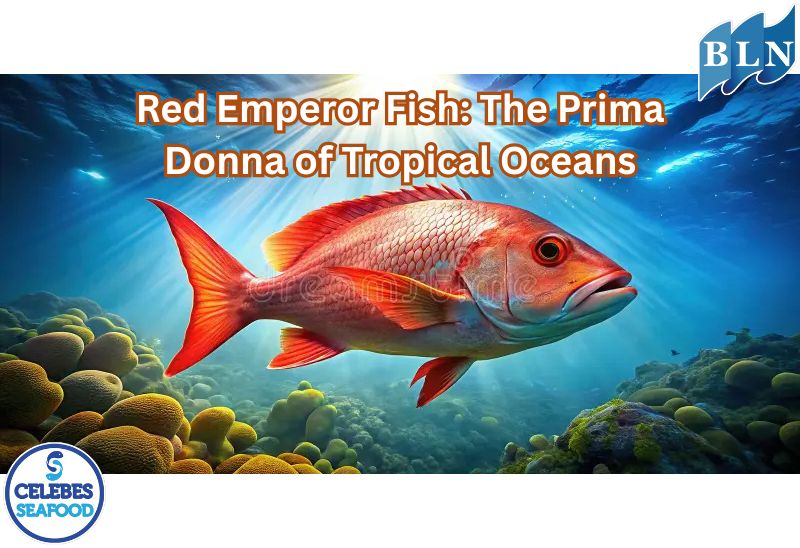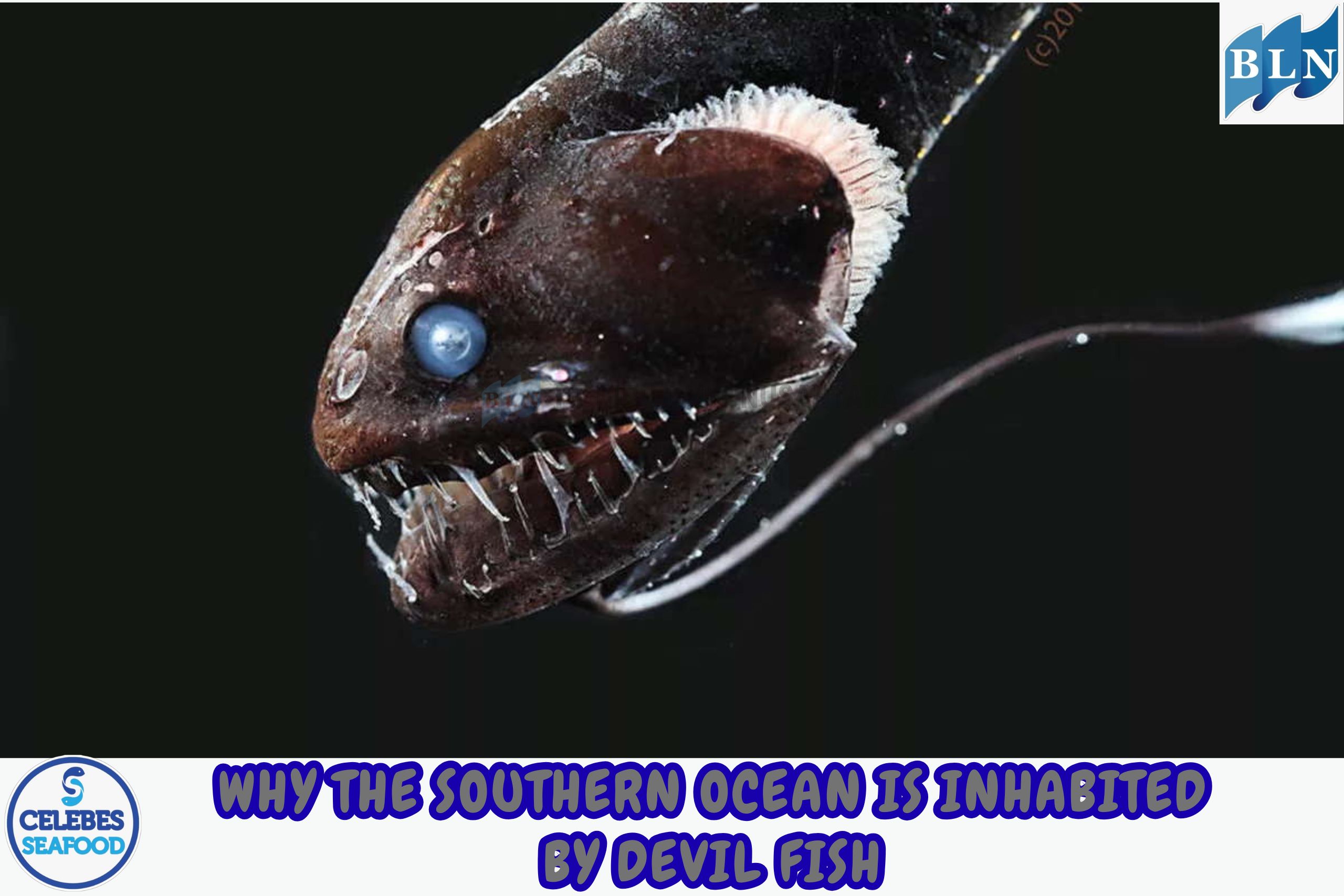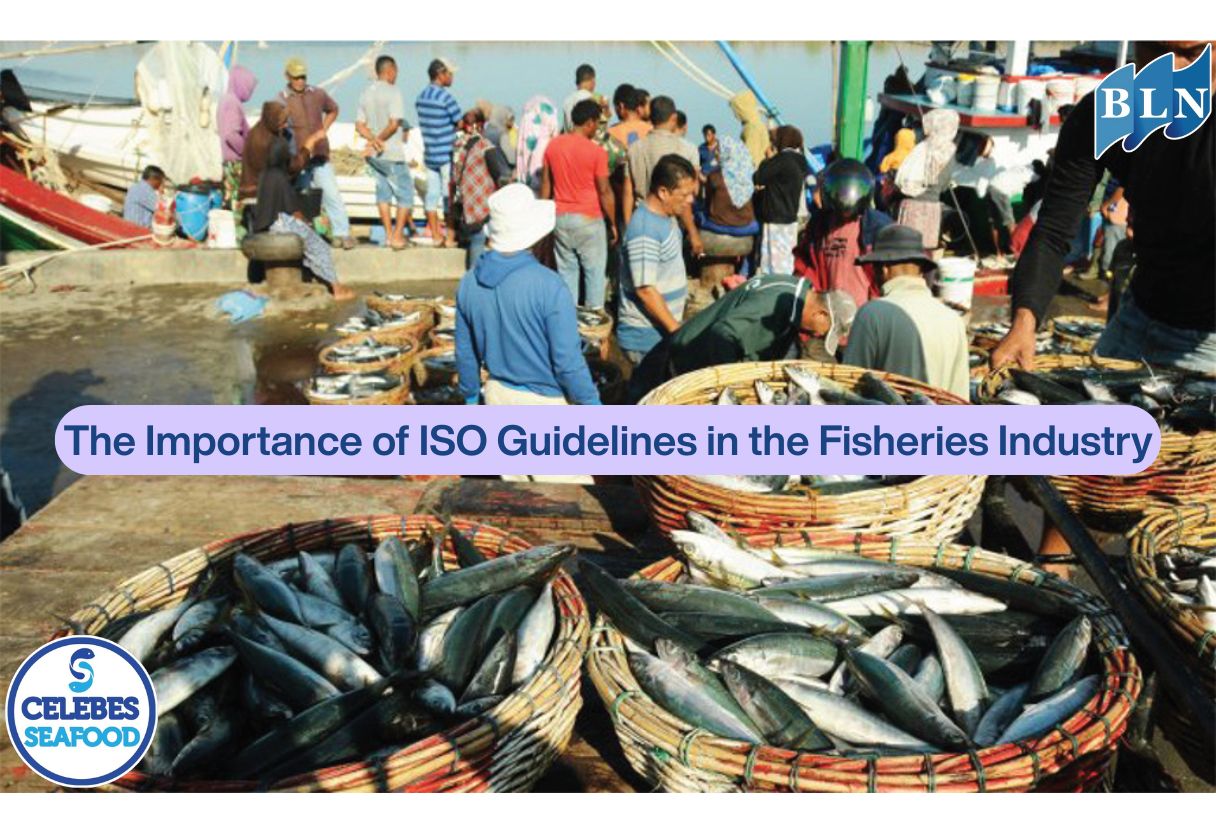Escolar Fish Facts: Nutritious But Don't Overconsume
By. Rani - 05 Jun 2025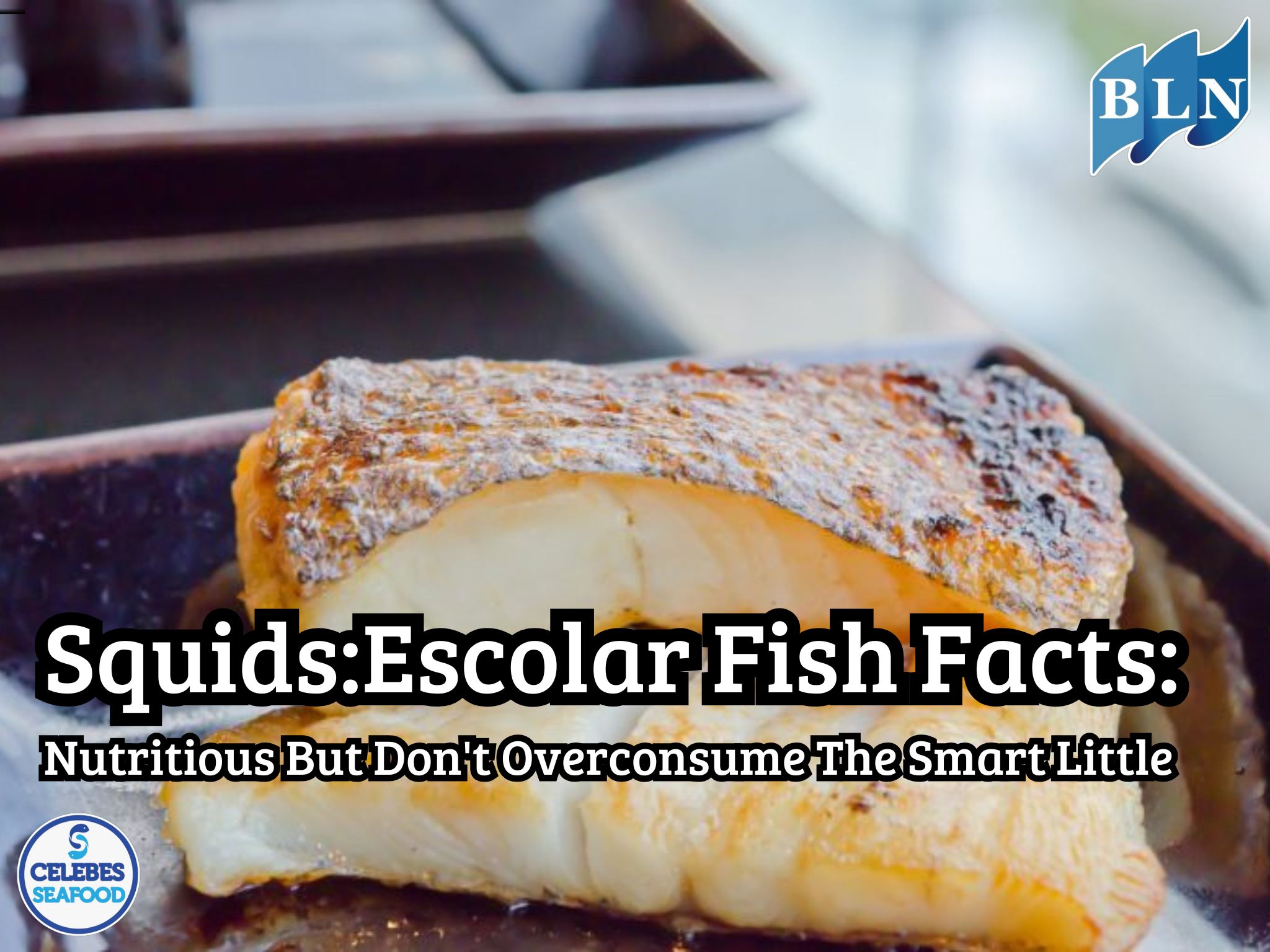
lautnusantara.com Do you enjoy eating fish? If so, that's great and certainly good for your body. Besides protein content, fish has several other equally important nutrients. As reported by the journal Penyuluhan Perikanan dan Kelautan (2017), fish is one of the sources of animal protein, containing about 15-24% protein and essential amino acids with a digestibility level of up to 95%. It also contains omega-3 fatty acids, which are beneficial for brain tissue development and can prevent high blood pressure, stroke, and heart disease.
However, when consuming fish, it's crucial to choose the right quality, regardless of the type. This includes escolar fish. This fish, scientifically named Lepidocybium flavobrunneum, can be found in Indonesian waters. Let's look at its characteristics, benefits, and the effects of overconsumption. Here are some reviews about escolar fish:
1. Often Called "White Tuna"
To get to know escolar fish, you need to understand its characteristics. Some refer to escolar as white tuna. According to Basmal (2010), this type of fish can be found in tropical and subtropical waters worldwide. It is a bycatch of tuna fisheries (nontarget species).
It's also known as "devil fish" due to its somewhat unattractive or "ugly" appearance, with a grayish-black color. However, it contains nutrients beneficial for the body when consumed. Escolar fish has an elongated body with small pectoral fins near the dorsal fin and fins near the anus. This fish is a combination of mackerel and tuna. Additionally, as reported by the journal Kesehatan Ilmiah (2019), escolar is considered a butterfish because its soft texture and taste resemble skipjack tuna or tuna.
Read to : Application of HACCP to Reduce the Risk of Bacterial Contamination in Smoked Fish Products
2. Beneficial for Health
It's no secret that fish is good for body health. The same goes for escolar fish. According to Fastsecret.co.id (2023), 100 grams (gr) of escolar fish contains 126 calories; 6.91 gr fat; and 14.9 gr protein. It also contains omega-3, omega-6, omega-9, iron, and vitamins.
According to Basmal (2010), omega-6 and omega-3 fatty acids are essential fatty acids for humans. Omega-6 fatty acids can help prevent blood vessel narrowing caused by cholesterol sticking to the blood vessel walls. Omega-3, on the other hand, can maintain the resistance of heart muscle cells from damage, thin blood viscosity, lower LDL (Low-Density Lipid), and increase HDL (High-Density Lipid).
Furthermore, it also maintains bone health, slows down aging, and prevents rheumatism. The protein it contains can also maintain body immunity by increasing antibodies and regenerating cells.
3. Side Effects
Escolar fish can be processed into various dishes, such as escolar fish steak, escolar fish soup, or teriyaki sauce escolar. Can you imagine the taste? As explained earlier, escolar fish has a soft meat texture, and surely everyone would like it. However, it's important to know that consuming escolar fish in excess is not advisable because it has side effects.
According to Linisehat.com (2022), escolar fish is rich in fat, ranging around 20%, and contains gempylotoxin. Gempylotoxin is a wax ester that cannot be metabolized by the human body. As a result, this substance will accumulate in the rectum and can cause diarrhea. Symptoms that may arise include nausea, abdominal cramps, vomiting, and headaches.
To reduce the risk of poisoning when consuming it, proper processing can be done, such as grilling or draining the oil that comes out of the fish. Additionally, it is recommended not to overconsume it, with a daily limit of only about 6 ounces (170 gr).
4. Long-Lived Fish
The escolar fish species is known to be long-lived. This can be seen from its growth and habitat in deep waters. As reported by the journal Kesehatan Ilmiah (2019), escolar fish can grow up to two meters in length, which is consistent with its growth environment. This fish enjoys various types of fish as food, such as squid and crustaceans. It is even referred to as a predatory fish. Its weight can reach 25-40 kilograms (kg). Escolar fish can live up to 94 years. However, most commercial catches in various regions are less than 20 years old.
That concludes some insights into escolar fish. By understanding the characteristics and nutritional content of this fish, you can be more careful in preparing and consuming it. Hope this information is useful!
If you are interested in our Coral Trout Fillet Skin On, CORAL TROUT WGG WHOLE GILLED GUTTED, TOMATO COD WHOLE GILLED GUTTED please do not hesitate to contact us through email and/or whatsapp.
